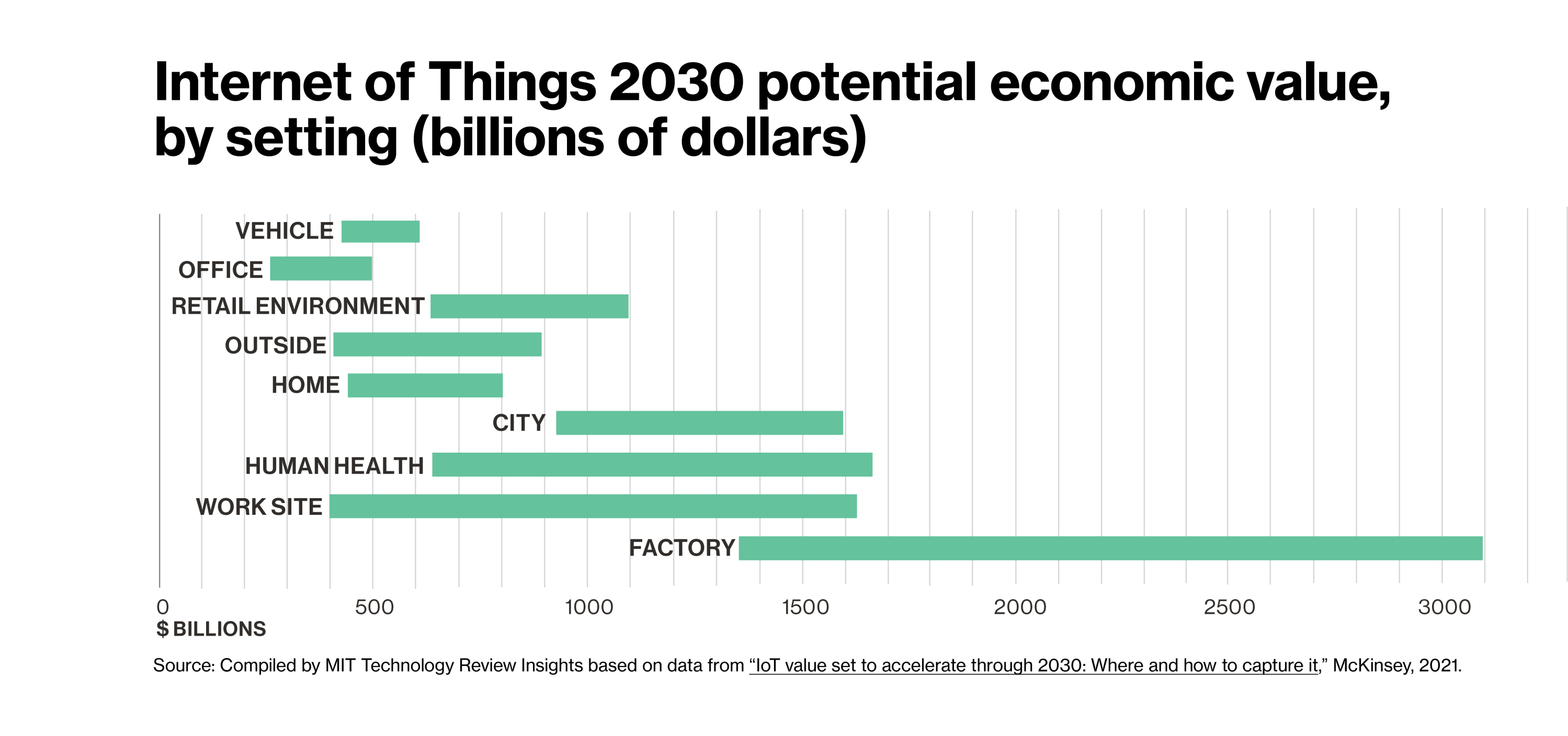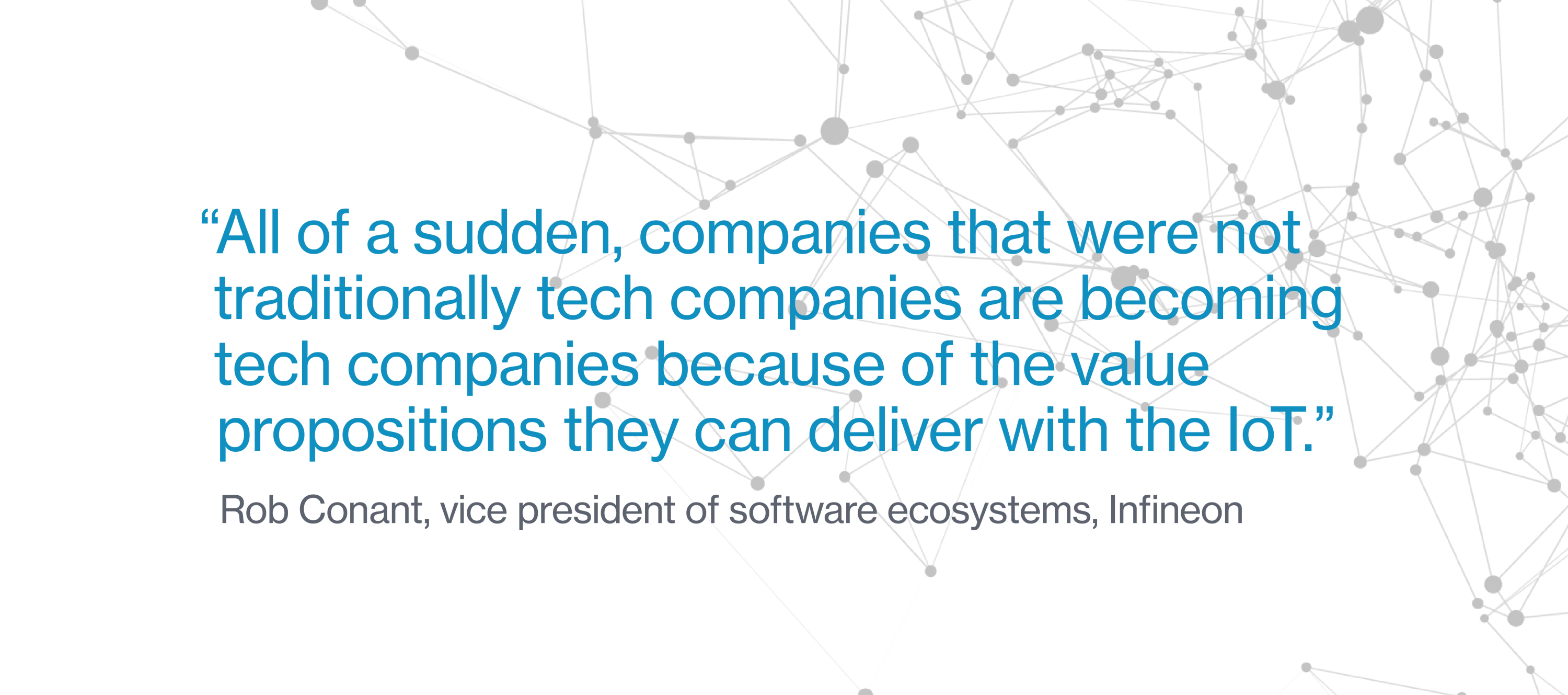The next generation of connected IoT
Now, technological innovations this sort of as reduced energy chips, far better connectivity, and state-of-the-art synthetic intelligence (AI) and device discovering (ML) are unlocking new Online of Points (IoT) use circumstances. Purposes in health care, producing, and transportation are using off.
A McKinsey report projects that, by 2030, IoT goods and solutions will build involving $5.5 trillion and $12.6 trillion in value. IoT alternatives, nonetheless, occur with complexities. These assortment from building sensing gadgets that offer you secure cloud connectivity to building insights for the conclusion user. The semiconductor scarcity and supply-chain disruptions brought about by the coronavirus pandemic proceed to impression suppliers and companies. Distinct ecosystems, IP, technologies, and criteria have manufactured today’s earth of linked equipment sadly fragmented and clunky. And simple, safe item advancement carries on to be hard.
To realize IoT’s future assure, field leaders need to concur on requirements to align gadget makers and producers. IoT merchandise, software, components, and chip makers —whether they are associates or competitors—will need to have to collaborate to make new features, items, and innovations and convey them to market a lot quicker.

Drivers of IoT expansion
Industry, small business, and client requires are steering IoT innovation: as technological improvements open up new use scenarios, sure important industries are driving the development in related equipment. Factories and human wellbeing, for instance, will account for 36% to 40% of the estimated unlocked benefit by 2030, in accordance to McKinsey.
Improvements in the four enabling technologies of IoT—chips, connectivity, protection, and synthetic intelligence—are driving down expenses and foremost to improved products.
More compact, far more efficient processors and wireless parts will let related devices to even more penetrate crucial marketplaces, such as shopper appliances, autos and transportation, producing and industry, and human wellness. Improved networks guide to additional reliable connectivity, opening opportunities for beforehand infeasible apps.

As interconnected units show their price, demand from customers booms. Rob Conant, vice president of software program ecosystems at Infineon, which supplies semiconductor and program options for IoT businesses, describes the distribute of IoT applications throughout industry just after marketplace, from fleet tracking in the 1980s, to industrial producing and the smart grid in the 1990s and 2000s. He sees the distribute continuing throughout diverse organizations:
“Connectivity is extending into more and a lot more purposes: pool pumps are getting to be related, gentle bulbs are turning out to be connected, even furnishings is turning into linked,” he states. “So all of a unexpected, corporations that were not usually tech providers are getting to be tech providers mainly because of the benefit propositions they can provide with the IoT. That’s a substantial transformation in those people companies.”
This articles was produced by Insights, the tailor made articles arm of MIT Know-how Evaluation. It was not written by MIT Technology Review’s editorial workers.

